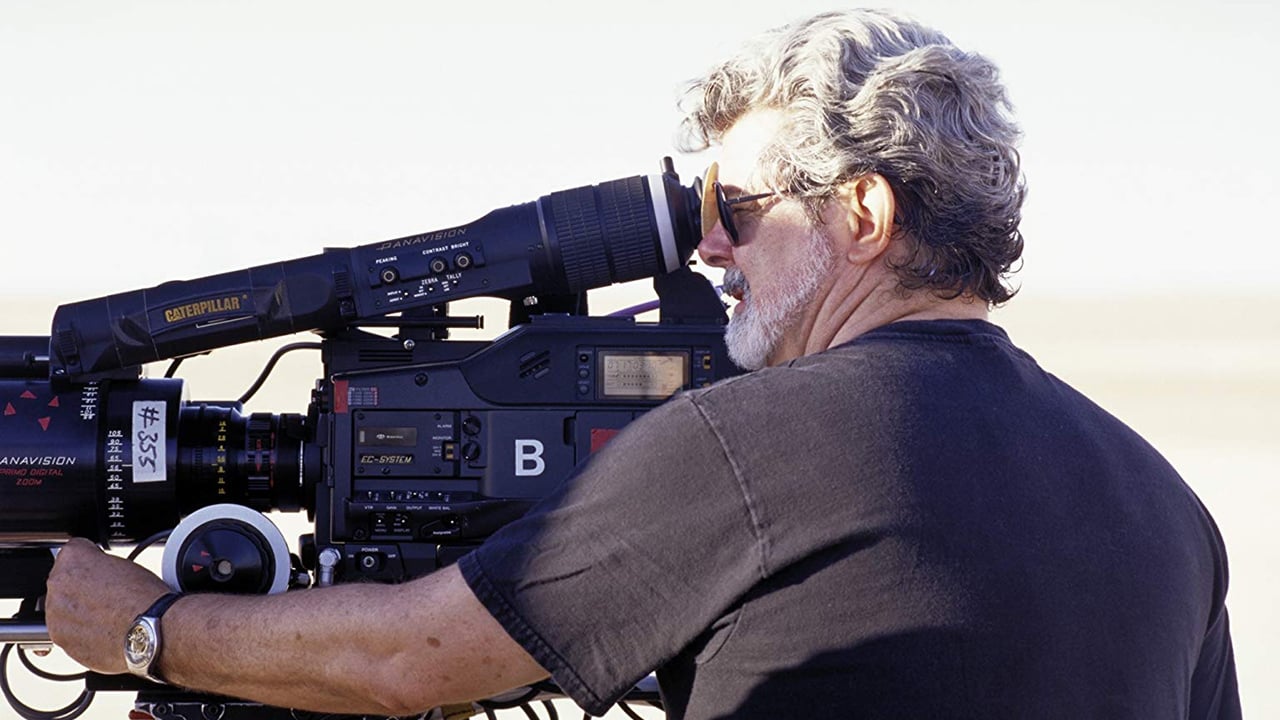
Replay: Modern cameras of any budget are more capable than at any time in video and film history. Yet this doesn't stop critics quibbling over the smallest of performance details.
In 2002 a man by the name of George Lucas, you may have heard of him, shot a film called Star Wars Episode II: Attack of the Clones. The film can hardly be described as a masterpiece, but there are two things that it certainly was. It was one of the biggest film releases of the time, and it was a big budget blockbuster.
There is something else that it was, too. It was 100% digitally shot at 1440x1080 resolution, and then further cropped for a 2.35:1 release ratio. This meant that the final film had a vertical resolution of not much over 817 pixels. Lucas could have used any camera he wanted, up to and including an IMAX system if he so pleased. But he didn't.
Regardless of what people think about the finished film, and it was controversial even at the time, here was a major film release shot on a Sony HDCAM system, and had a final effective resolution that in todays world of 4K and 8K would be considered 'agricultural'. And while there is a large contingent out there who derides the use of this camera to this very day, the fact is still this. The F900 was used to shoot Hollywood feature films and was deemed good enough by the filmmakers who used it at the time, regardless of what you or I might think.
Now, I'm not here to write about the merits of having more resolution, and neither am I here to discuss the age old adage of "content is king". Instead I want to point out that the fact that George Lucas did this shows the futility of pixel peeping cameras such as the GH5S or BMPCC 4K, or any other affordable modern camera for that matter.
Today you can pay just over £1000 and get a camera that produces a quantifiably much better picture than the one George Lucas used to shoot a major Hollywood blockbuster on 16 years ago. You can of course still buy a variation of the F900, if you want to, in the form of the F900R. How much do you have to pay for this 2/3" tape based HDCAM camcorder? $80,000. And while I know that the camera is still being used, quite extensively in some cases, by some broadcast television due to its reliability and established workflows, it can hardly be described as cutting edge, even if it does still produces a perfectly decent HD picture.
The pixel peeping vacuum
Reading through various online Facebook groups, it is always quite astounding the sorts of minor issues that get picked up upon as if they are deal breakers. It is as if there is an assumption that technology is perfect, and that when a camera doesn't produce absolute perfection it should therefore be derided as being effectively useless. And yet there we have it, set in stone, that pretty much any 4K camera you buy now is far and away better than what was used to shoot a Hollywood film on digitally in 2002. And that's forgetting that Lucas used an HDC-750 for the first Phantom Menace production.
I've seen video comparisons of the GH5 and BMPCC 4K to an ALEXA. And while these are fun, and one of them made a very good example of precisely what you are getting when you use an ALEXA, the thing that should always be remembered is the price of these new cameras. Quibbling over a small amount of noise for example, or eliciting an unquantifiable opinion on how the highlights roll-off on a graded shot is really a storm in a teacup.
Now I realise it is tempting to point out a supposed hypocrisy here. After all here I am pointing out that George Lucas shot a major feature on an HDCAM camera while at the same time I regularly sing the praises of 4K and above. However it isn't a hypocrisy at all. We make of the equipment what we can at any one time, but the fact is that we now have access to such highly capable gear, gear that in my early days of production I would only have dreamed of having, that it just isn't worth quibbling over such minor details.
So there we have it in a nutshell. You can now buy a camera that is capable of producing a much better picture at a much higher resolution and much higher dynamic range for 80 times less in price than one that was used to shoot Hollywood films in 2002.
Tags: Production Editor Featured


Comments